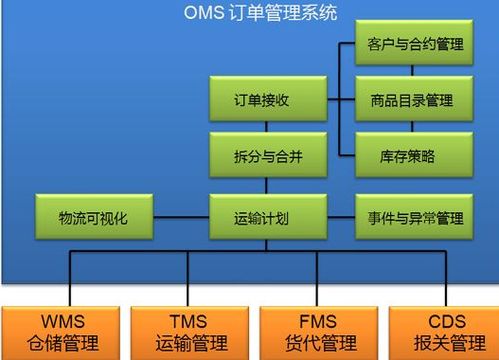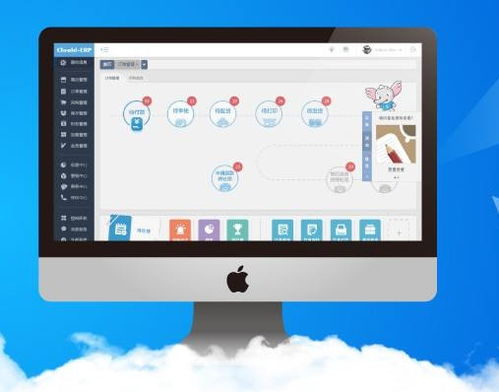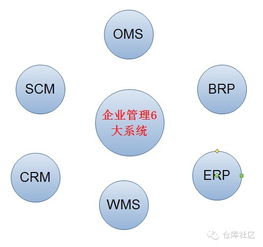Order Management System (OMS): A Comprehensive Guide
Managing orders efficiently is crucial for any business, regardless of its size or industry. An Order Management System (OMS) is a software solution designed to streamline the order process, from the moment a customer places an order to the moment it is delivered. In this article, we will delve into the various aspects of an OMS, its benefits, features, and how it can transform your business operations.
Understanding the Basics of an OMS

An OMS is a centralized platform that integrates various components of the order management process, including order processing, inventory management, shipping, and customer service. By automating these tasks, an OMS helps businesses reduce errors, improve customer satisfaction, and increase profitability.
Here are some key components of an OMS:
| Component | Description |
|---|---|
| Order Processing | Receiving, validating, and processing customer orders |
| Inventory Management | Tracking inventory levels, managing stock, and updating product information |
| Shipping | Generating shipping labels, tracking shipments, and managing returns |
| Customer Service | Handling customer inquiries, managing returns, and providing order status updates |
Benefits of Implementing an OMS

Implementing an OMS can bring numerous benefits to your business. Here are some of the key advantages:
- Improved Efficiency: An OMS automates repetitive tasks, reducing the time and effort required to manage orders.
- Reduced Errors: By streamlining the order process, an OMS minimizes the risk of errors, such as incorrect order fulfillment or shipping to the wrong address.
- Increased Customer Satisfaction: A well-managed OMS ensures timely order processing and delivery, leading to happier customers.
- Enhanced Inventory Management: An OMS provides real-time inventory data, enabling businesses to optimize stock levels and reduce waste.
- Cost Savings: By reducing errors and improving efficiency, an OMS can help businesses save money in the long run.
Key Features of an OMS

Modern OMS solutions come with a wide range of features designed to meet the diverse needs of businesses. Here are some of the most important features to consider:
- Order Processing: The system should be able to handle various types of orders, including online, phone, and mail orders.
- Inventory Management: The system should provide real-time inventory data, including stock levels, product availability, and reorder points.
- Shipping and Logistics: The system should integrate with shipping carriers and provide tracking information for orders.
- Customer Service: The system should enable businesses to manage customer inquiries, returns, and order status updates.
- Reporting and Analytics: The system should provide detailed reports and analytics to help businesses make informed decisions.
Choosing the Right OMS for Your Business
Selecting the right OMS for your business is crucial to ensure that it meets your specific needs. Here are some factors to consider when choosing an OMS:
- Industry-Specific Requirements: Different industries have unique requirements. Ensure that the OMS you choose is tailored to your industry.
- Scalability: Choose an OMS that can grow with your business and handle increased order volumes.
- Integration: The OMS should integrate with your existing systems, such as accounting, CRM, and e-commerce platforms.
- Customization: Look for an OMS that allows you to customize workflows and processes to fit your business needs.
- Support and Training: Ensure that the vendor provides comprehensive support and training to help you get the most out of the OMS.


